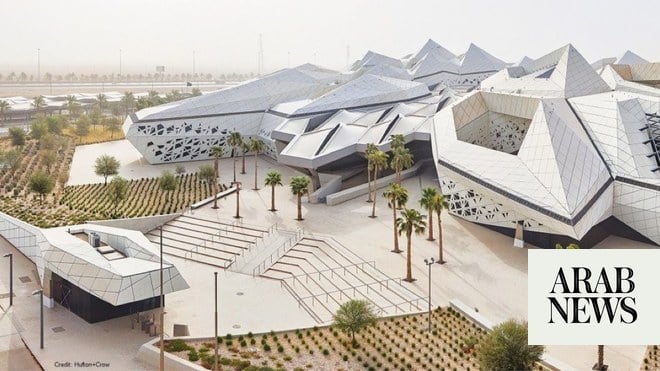
Despite uncertainty around the energy transition, there are key points that most people would agree on. Not least is that, in an ideal world, energy should be readily available, sufficiently reliable, widely affordable and, of course, sustainable. Most would also agree that we need to make climate change the highest priority. But while concerted efforts to date have helped reduce greenhouse gas emissions, the progress made so far is not meeting expectations.
One reason for this is that, at the macro level, the world is relying on two major energy technologies to reduce carbon emissions: Electric vehicles (EVs) and renewable energy. Both are desirable, but it is hard to deny that progress has been slow. Few realize that EVs were first introduced more than 100 years ago, but lost out to the internal combustion engine. They were reintroduced again in the past two decades, but still represent less than 1 percent of the world’s total vehicle fleet.
The slow take-up of EVs is due to multiple economic and technical challenges. These include the absence of a widespread charging infrastructure and battery-related problems. More importantly, the fuel mix for most electricity used to charge EVs is not sufficiently clean. These problems need to be addressed on a priority basis.
Meanwhile, modern renewables, namely solar and wind, produce about 10 percent of the world’s electricity today. If we look at the world’s total primary energy, their share is about 3 percent. They still lack large-scale commercial storage to address the intermittent nature of renewables, as well as grid stability requirements.
While both EVs and renewables will have a positive impact, the numbers illustrate the challenges they face — and suggest that they alone will not be enough to make rapid progress. That is why, in parallel with the deployment of EVs and renewables, more attention on further reducing the carbon footprint of existing energy sources is essential. After all, these sources are likely to supply a major share of global energy for many decades to come.
But how do we further reduce emissions from existing energy sources? The short answer to this question is technology. In transportation, for example, we can significantly reduce emissions by making internal combustion engines and the fuels that power them cleaner. In fact, significant emissions reduction can be achieved by scaling up investment in this area.
Another priority should be the advancement of technologies that can capture emissions. At a gas plant in Saudi Arabia, we are proving it is possible to capture emissions and store them in an oilfield to enhance oil recovery. Our research even shows that captured emissions can be transformed into useful industrial products, such as polymers and chemicals.
One area I am particularly enthusiastic about is the digitalization of industrial operations. At Aramco, we are now using big data analytics and artificial intelligence to improve seismic processing, oil recovery, well productivity and cost. The Khurais facility in Saudi Arabia, the largest digital oil field in the world, is a case in point — where digitalization enabled us to reduce overall power consumption by 18 percent, optimize maintenance costs by 30 percent and reduce inspection times by around 40 percent.
Technological innovation can significantly contribute to a clean and sustainable future.
Ahmad A. Al-Sa’adi
We use unmanned aerial vehicles, equipped with optical gas imaging cameras to detect any emission leakages. Harnessing big data, we have deployed an analytical solution to monitor greenhouse gas emissions from more than 2,000 sources across 170 operating facilities in Saudi Arabia. Benchmarking the performance of each facility enables us to identify additional emission-reduction opportunities.
The data we gathered allowed us to develop an in-house algorithm to predict and minimize the need for gas flaring. Through this and other programs, we have managed to reduce gas flaring by about 50 per cent over the last 10 years. As such, Saudi Arabia has one of the lowest flaring intensities in the world.
These are only a few examples of how technological innovation can significantly contribute to a clean and sustainable future. The onus now is on both industry and society at large to leverage new technologies and additional solutions that can help us realize a future where energy is reliable, affordable, sustainable and widely available for everyone.
Ahmad A. Al-Sa’adi is Senior Vice President (Technical Services) at Aramco.
Disclaimer: Views expressed by writers in this section are their own and do not necessarily reflect Arab News" point-of-view










